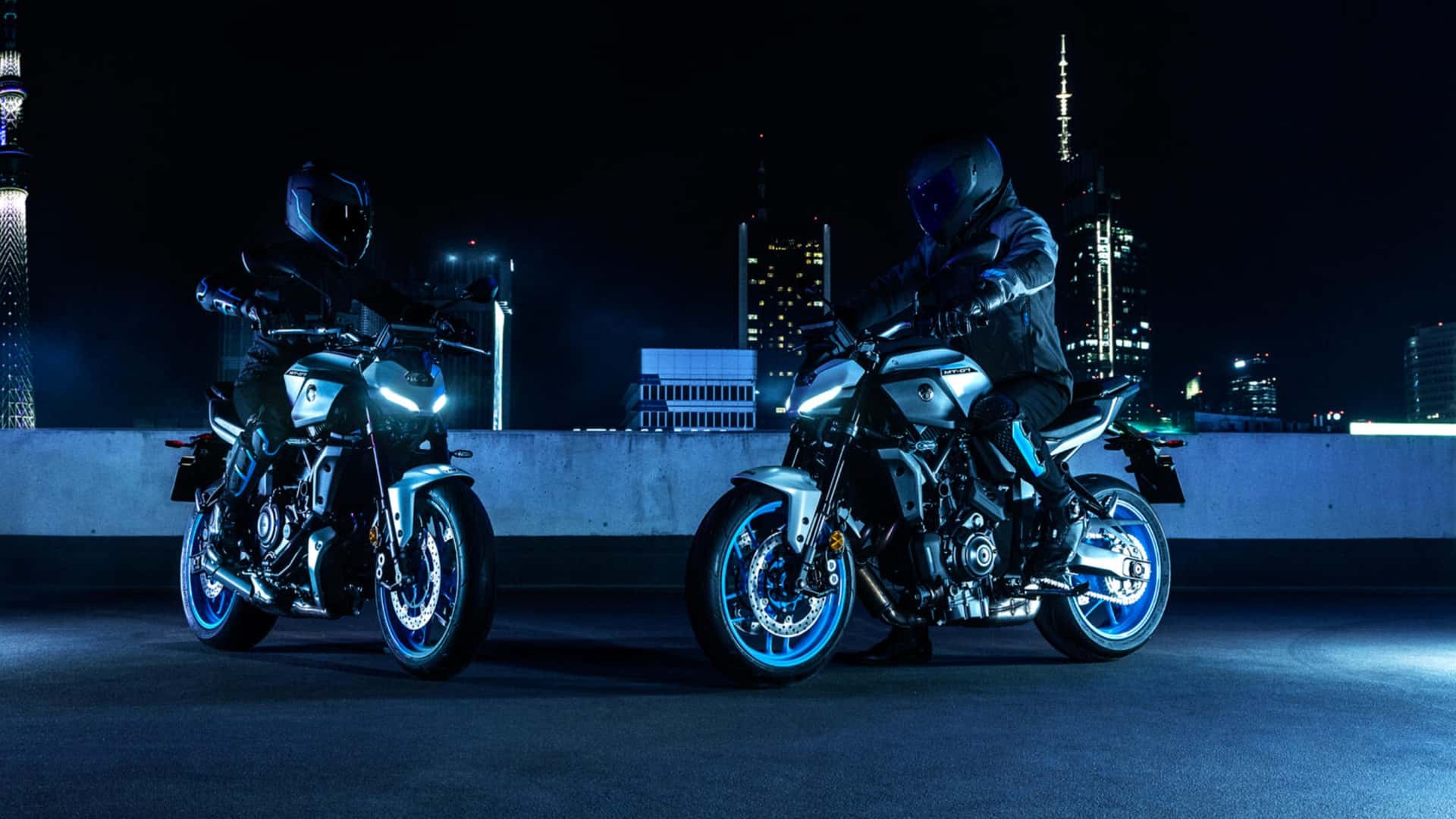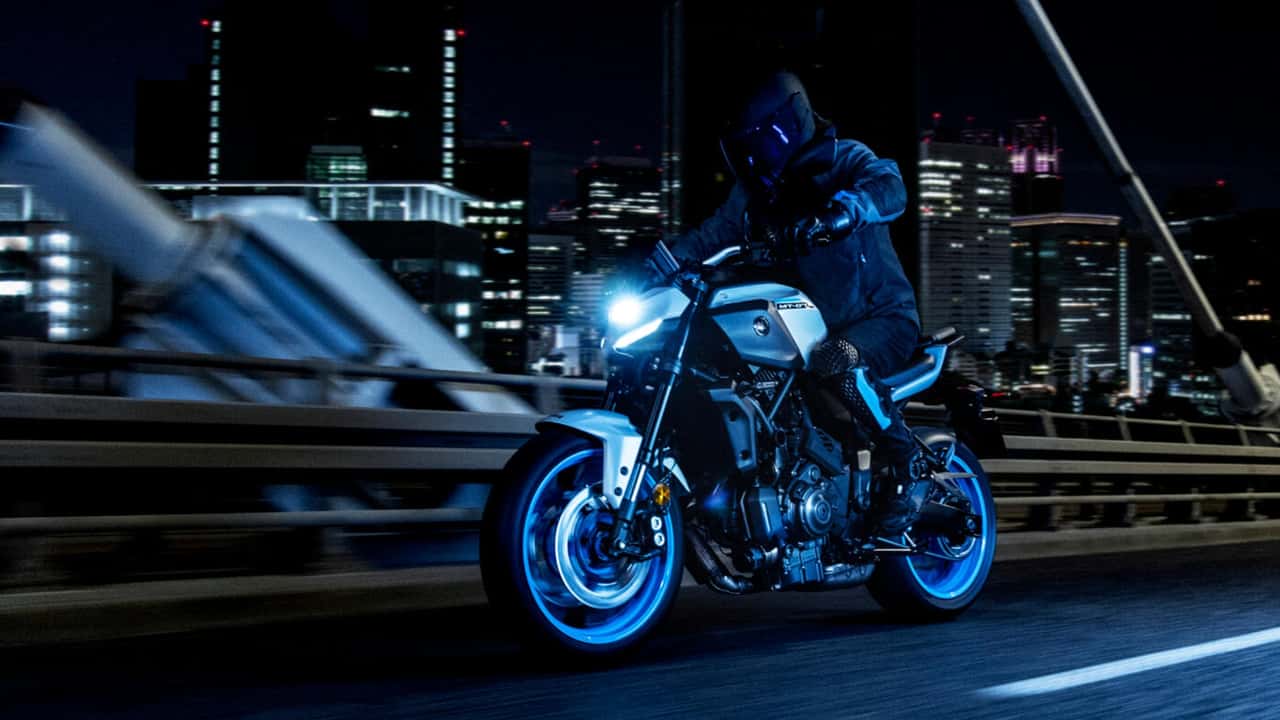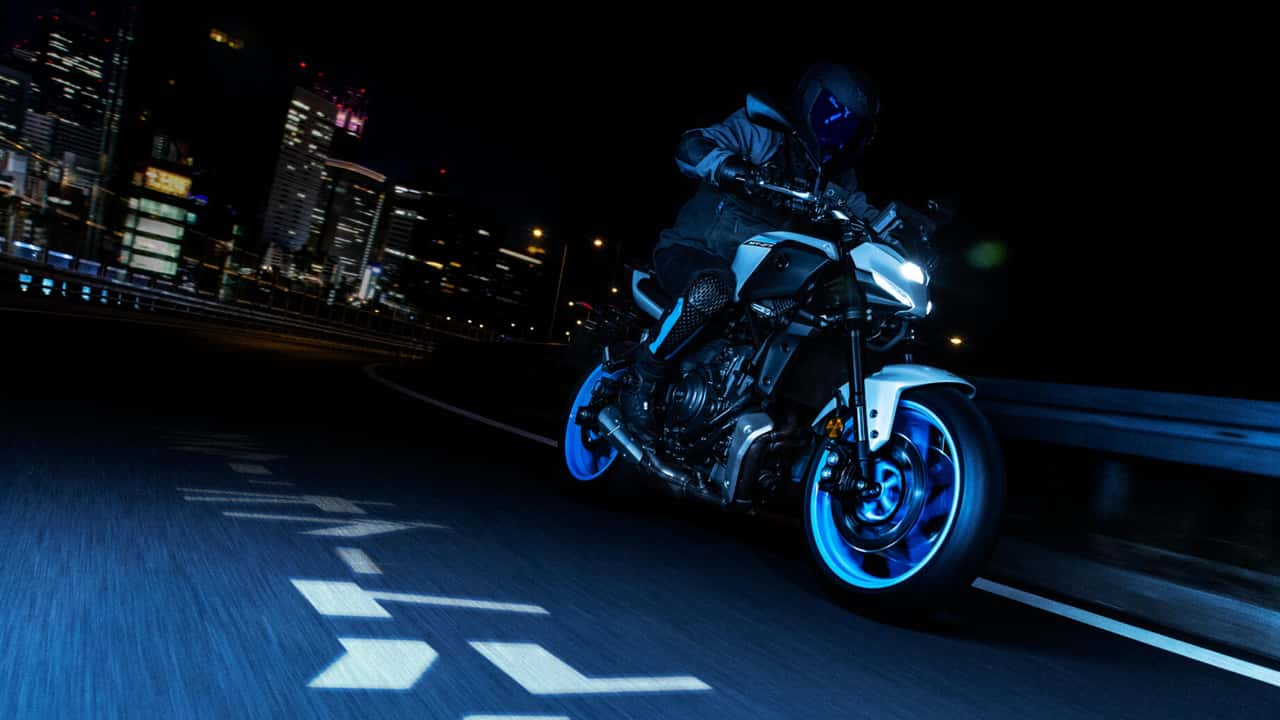
It will continue to offer a manual transmission option for the near future, at the very least.
Sure, let me put it out there (many of you might already be aware)—I'm hopelessly addicted to Yamaha products. It’s something that has always been true for me and likely always will be.
If there's one bicycle from the tuning fork company that has had an exceptionally emotional hold over me, it's the MT-07 We have discussed this previously. I have possessed a total of three of these. Three Why? I’m not sure either. Perhaps I believed the third installment would provide some resolution, or maybe I suspected Yamaha added an additional feature to the ECU in later model years.Spoiler alert: They didn’t. Nonetheless, here we are.
Originally called the FZ-07 in the U.S. upon its debut in 2014, the MT-07 has consistently revolved around enjoyment. Unadulterated, raw, torque-rich, wheelie-friendly joy. This motorcycle hasn’t aimed to dominate with sheer power or advanced technology within its segment. There were no riding modes, minimal electronic assistance such as traction control until very recently, and hardly any rider aids at all. Instead, it offers a lightweight design coupled with a robust 689cc CP2 parallel-twin motor, along with a chassis that transforms ordinary cyclists into daring performers capable of popping wheelies effortlessly.
However, as times evolve, so must the machinery we adore. In preparation for 2025, Yamaha is set to introduce quite an unforeseen transformation to the MT-07: an optional addition. Yamaha Automated Manual Transmission , or Y-AMT.

Sure, the motorcycle that’s almost synonymous with old-school anti-social vibes now features an automatic transmission. To be frank, I find it somewhat disconcerting. After all, we're discussing the MT-07 here—a bike I've always admired for its unadulterated simplicity. The notion of removing the clutch lever from such a machine seems... odd.
However, here we are in the future, and everything has changed.
What precisely is Y-AMT? It isn’t a Continuously Variable Transmission (CVT) nor does it follow the typical scooter mechanism where you twist the throttle to go. Instead, it features a conventional-looking six-speed transmission that operates via electronic control. The rider has the option to allow the motorcycle to handle all gear changes automatically in fully-automatic mode or employ paddle-shifters located on the left side of the handlebars for manual shifts. Unlike standard motorcycles, this model doesn’t require a clutch lever or a foot-operated shifter; everything is managed through buttons. This technology was first unveiled by Yamaha on their 2024 Tracer 9 GT+ before being integrated into the MT-09. Its design aims to merge the experience of using a regular gearbox with the simplicity of an automatic one, similar to how Honda’s Dual Clutch Transmission (DCT) functions but without adding extra bulk or components.
Right now, I understand why somebody would opt for this configuration. It can be particularly beneficial for novice riders who find mastering clutch operation challenging, as well as frequent commuters navigating through heavy traffic, or individuals with certain physical disabilities. This kind of setup has the potential to make biking much more manageable. Although I personally lean towards preferring clutches, there’s no question that enhancing accessibility in cycling is ultimately advantageous for everyone. industry .

Nevertheless, a part of me still feels that something essential is missing when you remove the manual transmission from a motorcycle like the MT-07. The gearbox plays an integral role in the overall riding experience—the gritty gear changes, the manual downshift rev matching, and the throttle response. However, just because this isn’t my ideal choice doesn’t imply it shouldn’t be available for others who might enjoy it as much.
Ultimately, the motorcycle industry is progressing. Riders' preferences are shifting. Although I am not ready to swap out my left-side shifter anytime soon, I recognize how Y-AMT could make the MT-07 accessible to many more enthusiasts. Perhaps that's always been the mission of this bike—to welcome individuals into the fold and reignite their joy for motorcycling from the start.
Even if it does shift for you now.
At Times, We Simply Need to Accept Change
- The 2024 Kawasaki Ninja 7 and Z7 hybrids have officially arrived in the United States.
- Zero Motorcycles now offers an electric motorcycle that costs less than a scooter.
Source: Yamaha
